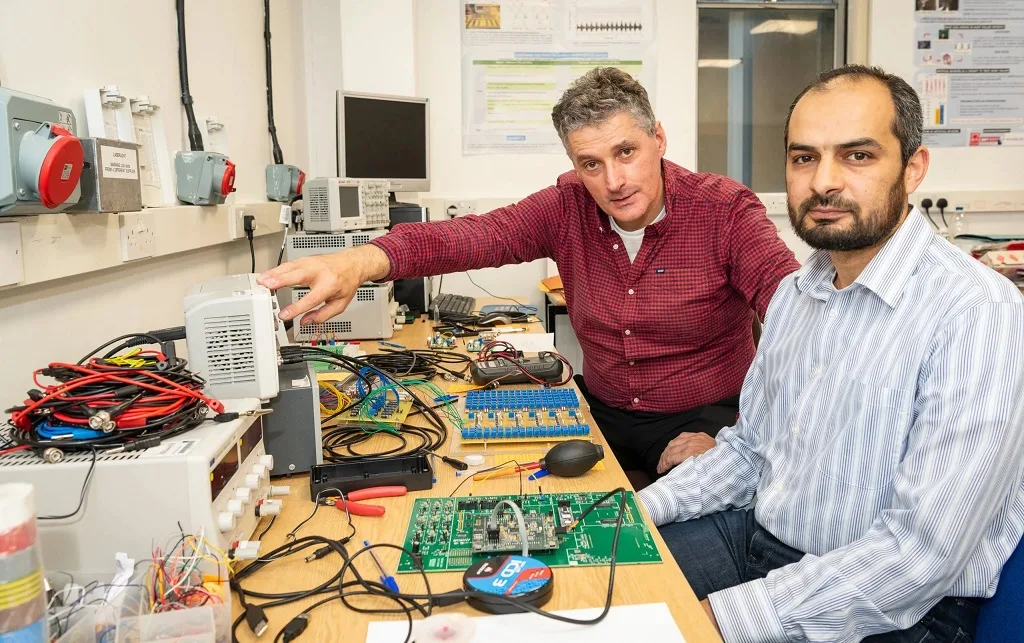Artificial Neurons on Silicon Chips: The Future of Computing
The concept of artificial neurons on silicon chips represents a significant leap in the field of computing and artificial intelligence (AI). This technology is inspired by the workings of the human brain, where neurons process and transmit information. The first theoretical frameworks for artificial neural networks were developed in the 1940s, but it wasn’t until the late 20th and early 21st centuries that the integration of these networks into silicon chips became feasible. The emergence of this technology marks a pivotal moment in the development of neuromorphic computing, aiming to replicate the cognitive functions of the human brain on a silicon substrate. The commercial application of artificial neurons on silicon chips started gaining traction in the early 2000s, driven by advancements in semiconductor technology and a deeper understanding of neural network architectures.
By embedding artificial neurons on silicon chips, researchers have managed to create a system that mimics the synaptic activity of biological neurons. This innovation allows for the development of devices that can perform complex computations more efficiently than traditional digital systems. The technology has progressed rapidly, with recent developments showcasing chips capable of performing tasks that were once the domain of supercomputers, but with a fraction of the energy consumption.
How It Is Structured and How It Works
The structure of artificial neurons on silicon chips is designed to replicate the biological mechanisms of neuron function. These chips contain networks of artificial neurons that communicate through electrical signals, much like the synapses in a human brain. Each neuron on the chip is capable of receiving inputs, processing these signals, and then transmitting the processed information to other neurons. The silicon chip serves as a medium to host these artificial neural networks, facilitating their interaction and allowing for the execution of highly complex tasks.
The working principle of these chips involves the use of transistors to emulate the behavior of synapses and neurons. When an input signal reaches a certain threshold, the artificial neuron ‘fires’, sending an output signal to other connected neurons. This mimicking of biological neuron behavior is achieved through sophisticated algorithms and circuit designs, which enable the artificial neurons to learn and adapt over time. This learning capability is a critical aspect of their functionality, allowing the system to improve its performance through experience, akin to human learning processes.
What Problems It Is Designed to Solve
Artificial neurons on silicon chips are designed to address several critical problems in computing and AI. One of the main issues is the energy inefficiency of traditional computing systems when performing AI tasks. Traditional processors are not optimized for the parallel processing required by neural networks, leading to high power consumption and heat generation. In contrast, neuromorphic chips, with their brain-like architecture, offer a more energy-efficient solution.
Another significant problem is the limitation of current AI models in handling real-time data processing and decision-making. Artificial neurons on silicon chips provide the capability to process information in a manner similar to the human brain, making them ideal for applications that require quick response times, such as autonomous vehicles, robotics, and real-time data analytics.
Moreover, this technology aims to overcome the scalability issues associated with existing AI systems. By enabling the integration of millions of neurons on a single chip, it allows for the development of more complex and sophisticated AI models, paving the way for more advanced applications in fields like healthcare, finance, and security.
Where It Is Already Used
The application of artificial neurons on silicon chips is expanding across various industries. In healthcare, these chips are being used to develop advanced diagnostic tools and personalized treatment plans by processing vast amounts of medical data quickly and accurately. They are also instrumental in the development of brain-machine interfaces, providing a new way to understand and treat neurological conditions.
In the automotive industry, artificial neurons on silicon chips play a critical role in the advancement of autonomous driving technology. These chips allow self-driving cars to process real-time data from sensors and cameras, enabling them to make quick decisions that are crucial for safe navigation.
Another area of application is in robotics, where artificial neurons on silicon chips are used to create more intelligent and adaptive robots. These robots can learn from their environment and improve their performance over time, making them more efficient in tasks ranging from manufacturing to service industries.
The finance sector is also leveraging this technology to enhance fraud detection systems. By processing transactional data in real-time, these chips can identify unusual patterns indicative of fraudulent activity, thereby providing a more robust security solution.

How Promising Is the Technology in the Future?
The future of artificial neurons on silicon chips appears highly promising, with significant potential to revolutionize various aspects of technology and everyday life. As the demand for more powerful and efficient computing systems grows, these chips offer a viable solution by providing unparalleled processing capabilities and energy efficiency.
One of the most promising aspects of this technology is its potential to enable the development of artificial general intelligence (AGI). By mimicking the human brain’s functionality, artificial neurons on silicon chips could lead to the creation of machines that can understand, learn, and respond to complex situations, much like a human. This advancement could have profound implications for a wide range of industries, including healthcare, education, and entertainment.
Furthermore, the integration of artificial neurons on silicon chips into everyday devices could lead to the development of smart gadgets and appliances that can learn from and adapt to users’ habits, making them more intuitive and user-friendly. This capability would enhance the quality of life, providing more personalized and responsive interactions with technology.
In conclusion, the technology of artificial neurons on silicon chips is still in its early stages but holds immense potential for future developments. As research continues and more practical applications are discovered, this technology is likely to become a cornerstone of future innovations, transforming how we interact with and perceive technology.


